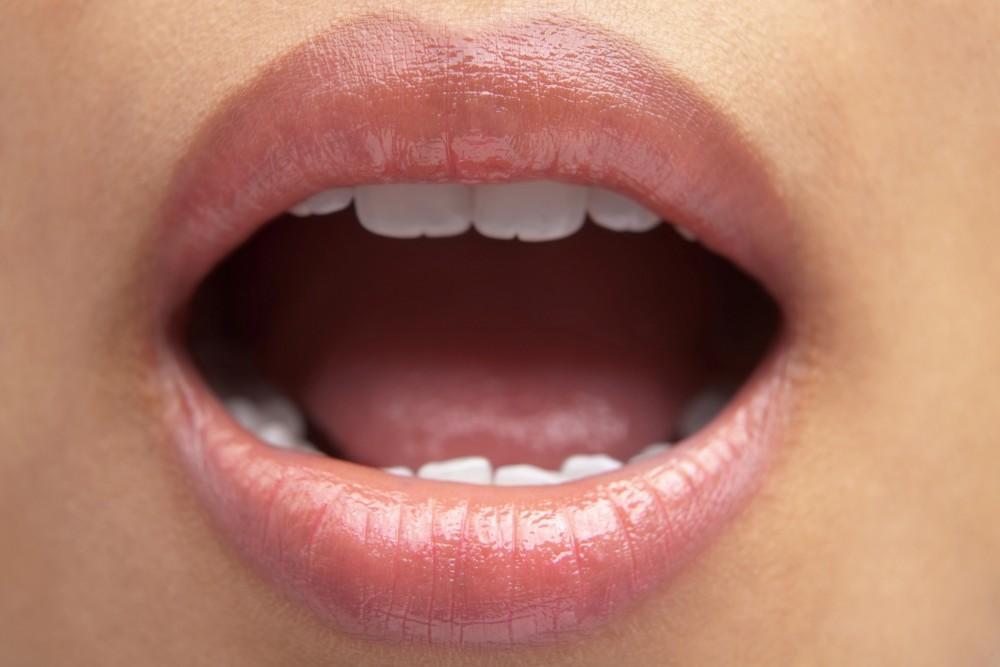
Types of Tooth Stains

While a bright smile can light up a room, stained teeth can dampen that smile. Discolored teeth can affect self-esteem, indicate poor dental health, and even negatively impact your career opportunities.
With all of the potential benefits, it's no surprise that you might want to improve your smile. However, it would be a mistake to assume all stains are considered equal. In fact, different stains may need different tooth-whitening treatments.
Extrinsic Tooth Stains
Extrinsic stains are the most prevalent form of tooth discoloration, affecting the enamel's surface. They stem from external sources such as:
- Dietary Choices: Regular consumption of certain foods and drinks, including coffee, tea, red wine, and some fruits like berries, are common culprits of superficial stains.
- Tobacco: Smoking and chewing tobacco can leave behind significant yellowing or browning stains due to the nicotine and tar they contain. Vaping isn't any better. The juices can cause staining.
- Inadequate Dental Care: Neglecting regular brushing and flossing can lead to plaque and bacteria accumulation, resulting in noticeable staining.
Treating Extrinsic Stains
Extrinsic stains are generally more manageable, depending on the severity of staining.
- Routine Dental Cleanings: Professional cleanings can effectively eliminate minor surface stains and help you to avoid further discoloration.
- Whitening Toothpastes: Formulated with gentle abrasives and chemicals, these toothpastes can dissolve stains and enhance teeth brightness. However, talk to your dentist first. While whitening toothpaste is an over-the-counter option, don't always assume it is safe. The Abrasives can damage teeth, especially if you already suffer from tooth sensitivity.
- Professional Whitening Procedures: These treatments, either performed in a dental office or through dentist-supervised at-home kits, are designed to tackle more stubborn extrinsic stains. Not only are professional treatments far more effective than basic cleanings and over-the-counter products, they also have the added benefit of professional supervision to ensure they are safe on your teeth.
Intrinsic Stains
Intrinsic stains happen beneath the surface of the tooth. And because they are located within the tooth, intrinsic stains are inherently more resistant to treatment.
- Medication Effects: Some medications, notably tetracycline antibiotics, may lead to lasting discoloration if ingested during tooth formation in childhood.
- Fluoride Overexposure: While rare, excessive fluoride during teeth development can cause dental fluorosis, marked by white or brown discolorations.
- Dental Injuries: Trauma to teeth can disrupt internal tissues, resulting in darkened tooth color.
- Natural Aging Process: Over time, enamel can thin, exposing the dentin layer, which has a naturally yellower hue.
Treating Intrinsic Stains
Addressing intrinsic discoloration often necessitates advanced dental treatments.
- Professional Whitening Techniques: Although challenging, some professional whitening methods can partially lighten intrinsic stains.
- Dental Bonding: This technique applies a color-matched resin to teeth, effectively concealing discolorations and enhancing cosmetic appearance.
- Porcelain Veneers: These thin, custom-crafted shells are affixed to the teeth, providing a durable and beautifully white cover for even the most severe stains.
Age-Related Stains
Combining extrinsic and intrinsic factors, age-related discoloration accumulates over decades. Dietary habits contribute to external stains, while natural enamel wear reveals darker dentin. The aging process itself also darkens dentin, adding to the overall discoloration.
Treating Age-Related Stains
Comprehensive treatment plans are often required to address age-related staining effectively. At-home toothpaste and kits are likely not going to make a significant difference.
- Professional Whitening: Both in-office and at-home professional whitening systems can mitigate the effects of age-related staining.
- Restorative Options: Techniques like dental bonding and veneers offer solutions for extensive discoloration and dental irregularities.
- Consistent Oral Care: Maintaining diligent oral hygiene practices helps prevent further staining and preserves dental health.
Are you Ready to Tackle Your Tooth Stains?
Regardless of the type of tooth stains you're dealing with, numerous effective treatments can help you regain a more brilliant smile. By identifying the specific causes of your tooth discoloration and consulting with an expert cosmetic dentist, you can select the most appropriate treatment options for your needs.
If you're eager to enhance your smile and improve your confidence, reach out to us today to arrange a consultation with our expert dental team.
You Might Also Enjoy...


Can Improving Your Smile Boost Your Career?

The Do's and Don'ts of Tooth Extraction

The Oral Health – Mental Health Connection

The Importance of Tongue Health


